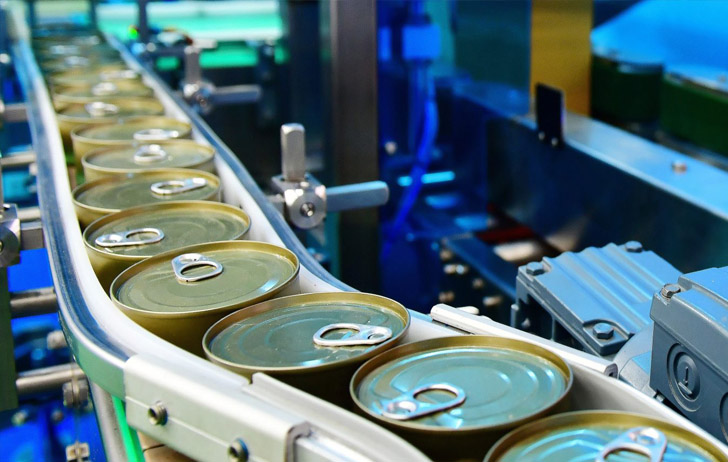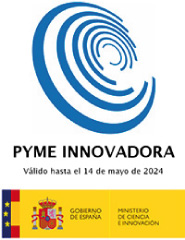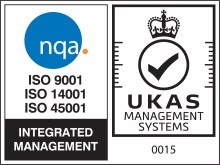2
Quality Control of Canned Goods Using Machine Vision
There are various methods for storing food and keeping it in suitable conditions for consumption without jeopardizing the safety of the food and, consequently, the consumer’s health. One of the most effective and long-lasting food preservation methods is canning, as it destroys potential microorganisms and seals the food in cans. Although canned goods have a shelf life of between one and six years, they can remain in good condition for up to 100 years.
In this blog post, we will explain the process of quality control in canned food manufacturing, how machine vision is integrated into this process, and the benefits it brings, regardless of the can’s content (fish preserves, vegetable preserves, canned fruits, etc.).
Step-by-Step Quality Control of Canned Goods:
During the canning process, it is crucial to maintain optimal quality for consumption, both of the food and the can itself, as poor packaging can contaminate the content and endanger consumers’ health. Any change in the internal atmosphere of the can could compromise the entire product.
For this reason, these products undergo strict quality controls, which encompass several key stages:
- Initial Inspection: Manufacturers carefully inspect each can before production begins to ensure that the containers meet the necessary quality standards.
- Can Filling: The can is filled with the desired food or product, with the required amount of liquid, and sealed with a lid that isolates the interior of the can from the outside.
- Sealing Tests: The canned goods undergo sealing tests to ensure there are no leaks, thereby preventing product contamination.
- Contamination Analysis: Cans are tested for possible contaminants inside to prevent any content poisoning.
- Can Packaging: Cans are wrapped in a box to protect them during transport, thus avoiding dents, gaps, and scratches that could damage them.
- Performance Tests: Cans undergo performance tests to ensure they remain in good condition during transport and storage.
- Final Inspection: Manufacturers conduct a final inspection to ensure that the cans’ quality meets the required standards and that there is no risk of consumption within the preferred consumption date. In this final step, the labeling of the canned goods is also checked.
All these steps can be optimized, and the results improved through industrial automation.
Machine Vision-Based Quality Control of Canned Goods Using Deep Learning
The advent of machine vision has significantly improved quality control processes at the industrial level. In canned food production, machine vision plays a key role in quality control, both for the can and its content.
We continue to witness rapid technological advancements, including in the field of vision systems. It is now possible to integrate machine vision systems that inspect canned goods both internally (food) and externally (cans) through artificial intelligence-based technology combined with vision techniques.
These Deep Learning-based solutions provide a higher level of detection than systems based on “conventional” vision techniques. This allows us to take quality inspection in the canning industry to another level.
At VRAIA, we have mainly focused on two types of solutions:
Open Can Control:

- Morphological Defect Control in the Tablet:
- Missing tablet.
- Broken tablet.
- Morphological Defects in the Container:
- Perimeter deformation.
- Foreign Elements from Raw Materials:
- Blood clots and color differences.
- Skin.
- Presence of eyes.
- Foreign Elements Not Belonging to Raw Materials:
- Plastics, cardboard, or other foreign bodies.
Closed Can Control:
- Detection of peaks.
- Detection of dents.
- Seal and closure control.
There are several tasks that machine vision can automate and optimize during quality control:
- Inspection of defects in cans (contour, stains, scratches, dents, etc.).
- Quality control of both the food and the can.
- OCR reading of printed dates.
- Control of canning and sealing.
- Detection of the correct ring pull position.
As you can see, the integration of machine vision allows the automation of repetitive or time-consuming tasks, achieving better results and reaching where the human eye cannot.
Advantages of Integrating Machine Vision:
Integrating a machine vision system into the canned goods quality control process can provide your business with various advantages:
– Enhanced food safety.
Integrating a machine vision system to automate the quality control process of canned goods is an investment with a quick return. Moreover, it ensures a quality standard based on consistent criteria.
If you’re thinking about improving your company’s quality control, don’t hesitate to contact us. We specialize in the seafood and canned goods sector.

